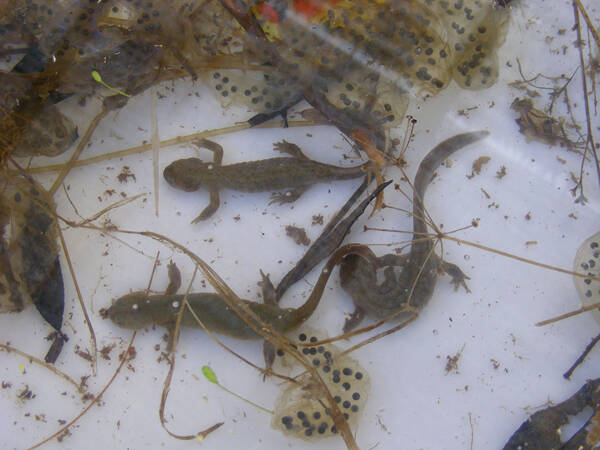
Salamandrella keyserlingii
Salamandrella keyserlingii,Water snake
The Arctic salamander, also known as the water snake, can be called a "···
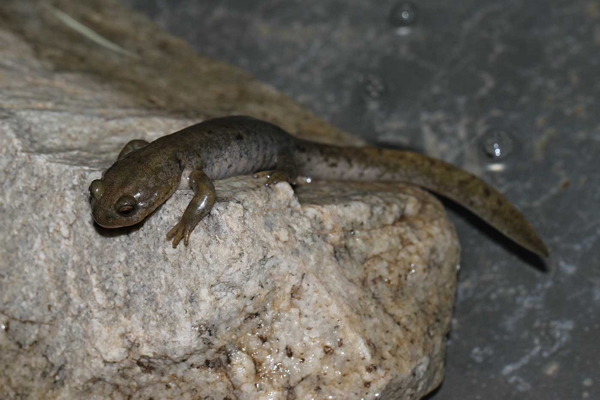
Salamandrella keyserlingii
Salamandrella keyserlingii,Giant salamander, water lizard
The Xinjiang giant salamander is commonly known as the giant salamander or t···
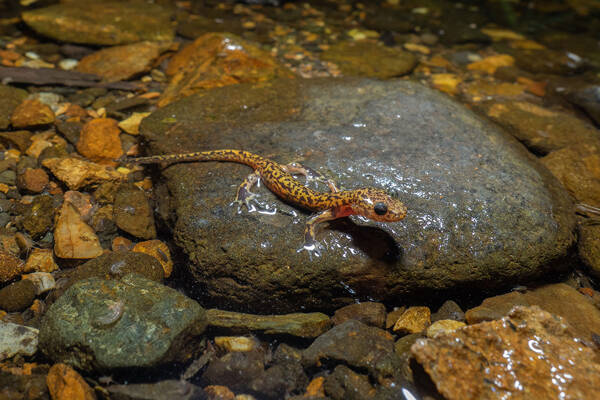
Onychodactylus zhangyaping
Onychodactylus zhangyapingi,
The Jilin clawed salamander (scientific name Onychodactylus zhangyapingi) is···
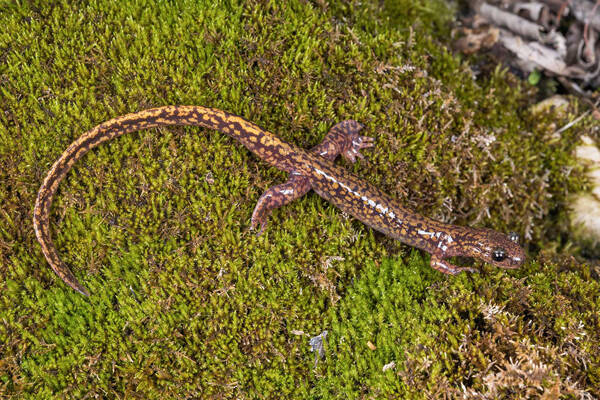
Onychodactylus zhaoermii
Onychodactylus zhaoermii
Liaoning clawed salamander is endemic to China. It is found in densely veget···
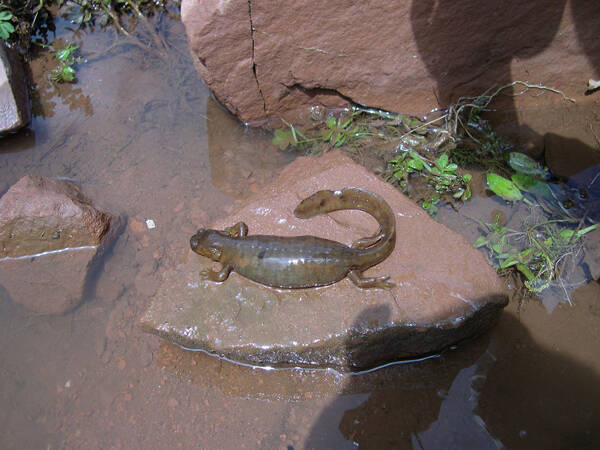
Protohynobius puxiongensis
Protohynobius puxiongensis
Puxiong Prosaurus is a tailed amphibian of the family Hynantheidae and genus···
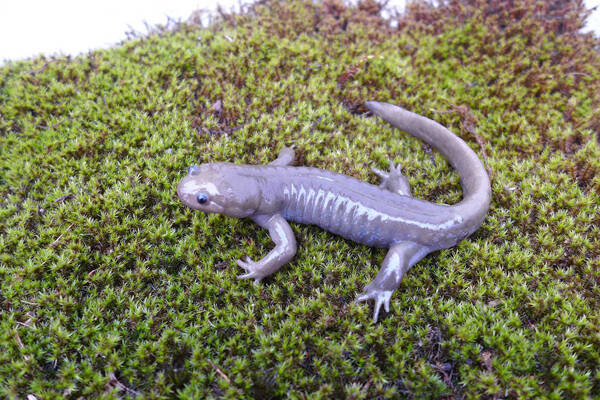
Hynobius maoershanensis
Hynobius maoershanensis,Maoershan Hynobiid
The Maoershan Small Salamander lives in the swamps and surrounding areas of ···

Hynobius guabangshanensis
Hynobius guabangshanensis,South Henan Small Salamander, Qishan Little Elf, Qiyang Small Salamander, Giant Salamander
The Guabangshan Small Salamander lives in Guabangshan in Qiyang, Hunan. The ···
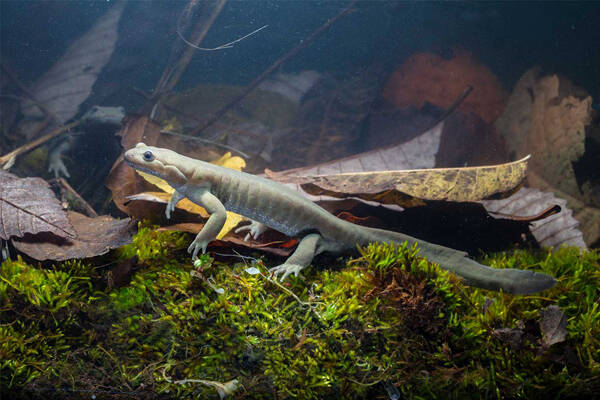
Hynobius chinensis
Hynobius chinensis,Chinese Salamander
The Chinese salamander (scientific name: Hynobius chinensis) is an animal of···
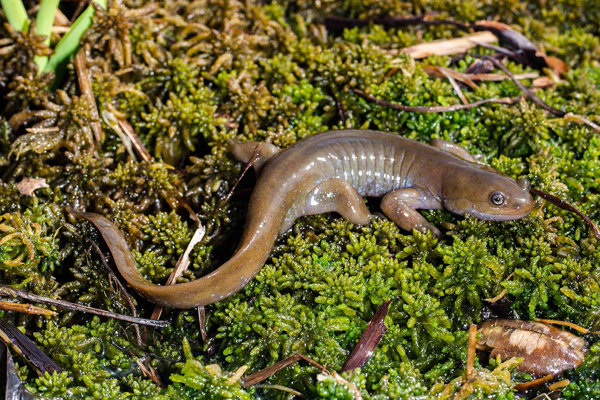
Hynobius amjiensis
Hynobius amjiensis,anji hynobiid
Anji Hynobius amjiensis is an amphibian of the Hynobiidae family and Hynobiu···
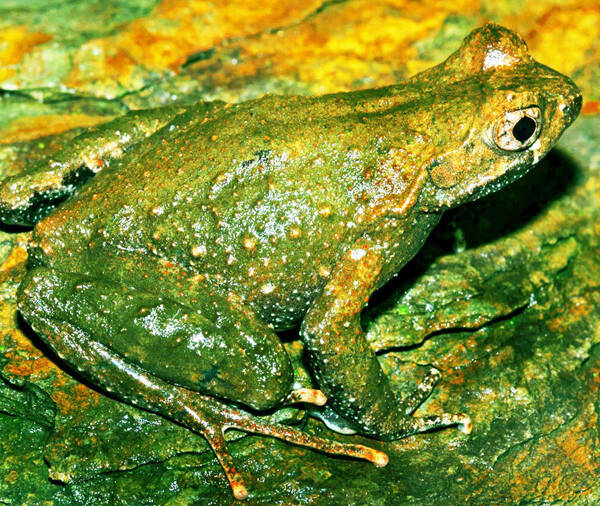
Boulenophrys baolongensis
Boulenophrys baolongensis,Baolong Heterohorned Toad
The dragon-horned toad hides under the rocks or in the grass by the stream d···
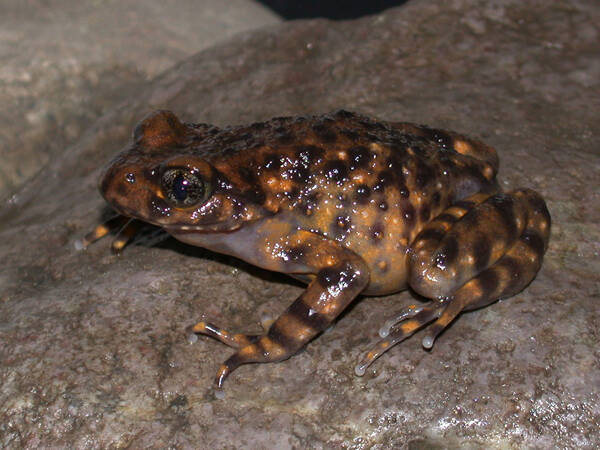
Oreolalax liangbeiensis
Oreolalax liangbeiensis,Liangbei tooth-shaped toad
The appearance of Liangbei toothed toad is similar to that of Oreolalax majo···
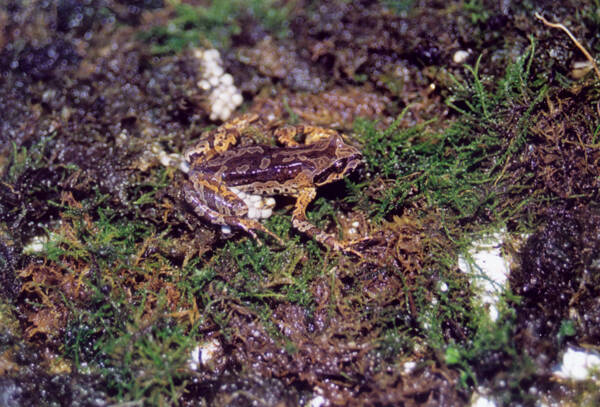
Scutiger chintingensis
Scutiger chintingensis,Golden-necked Toad
The golden-crowned toothed toad is flat and narrow, with a head that is almo···
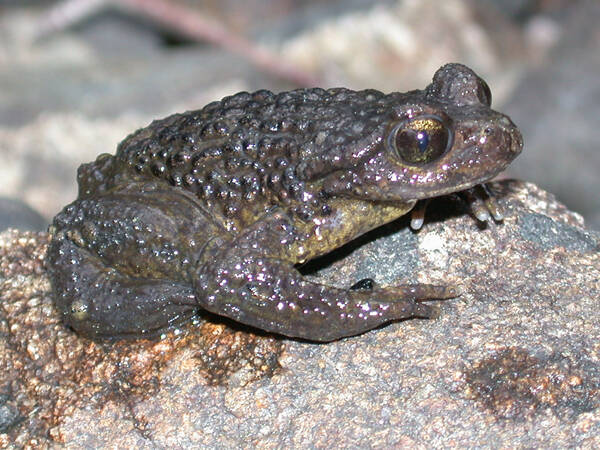
Scutiger jiulongensis
Scutiger jiulongensis,Kowloon Cat's Eye Toad
The dragon-toothed toad is an amphibious wild animal of the Anura order and ···
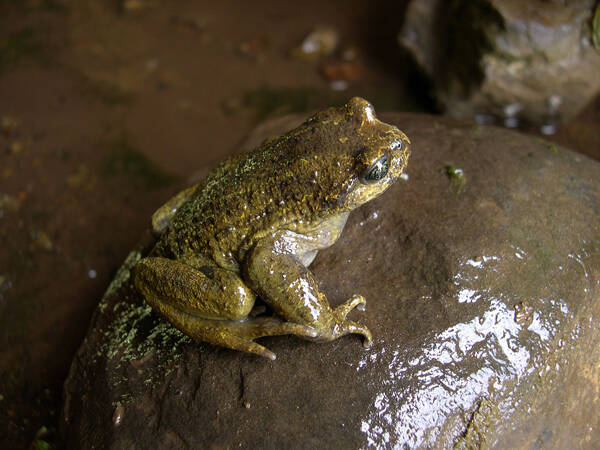
Scutiger muliensis
Scutiger muliensis,Muli cat-eyed toad
Muli Toothed Toad is an amphibian of the genus Toothed Toad, with a brown bo···
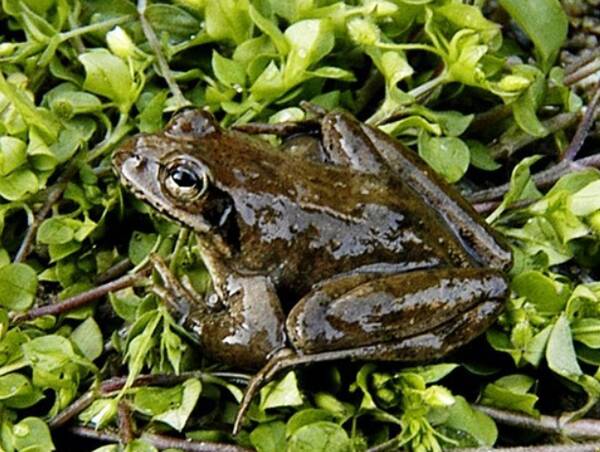
Scutiger ningshanensis
Scutiger ningshanensis
Pingwu Toothed Toad is an amphibian of the genus Toothed Toad of the family ···
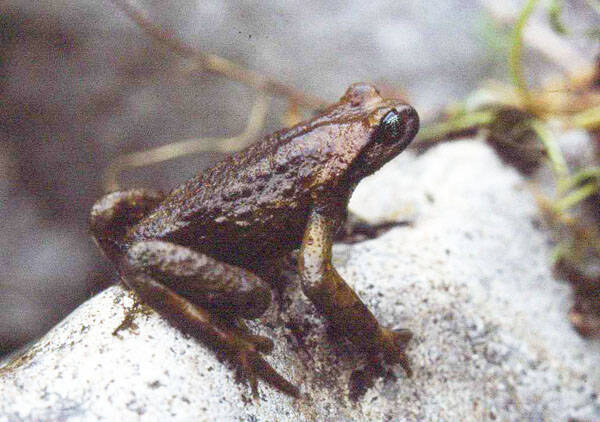
Scutiger pingwuensis
Scutiger pingwuensis
Pingwu Toothed Toad is an amphibian of the genus Toothed Toad of the family ···
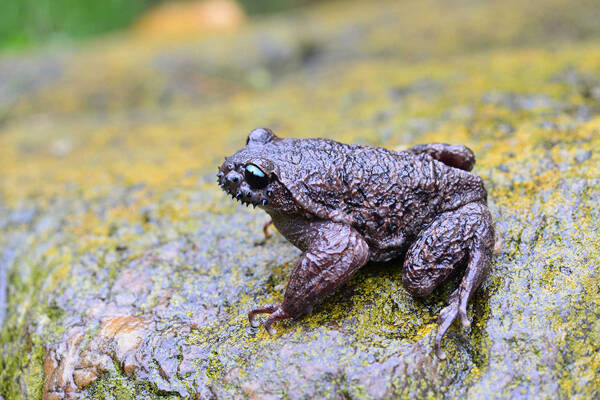
Vibrissaphora ailaonica
Vibrissaphora ailaonica,Hairy Beard
The name of the Ailao Bearded Toad comes from Ailao Mountain, because it was···
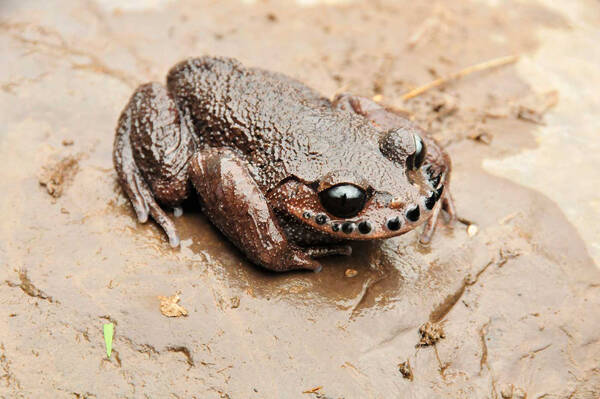
Leptobrachium boringii
Leptobrachium boringii,Emei Moustache Toad,Vibrissaphora boringii,Horned Monster, Bearded Toad, Bearded Toad
The Emei Bearded Toad is an amphibian of the family Ceratopus and the genus ···
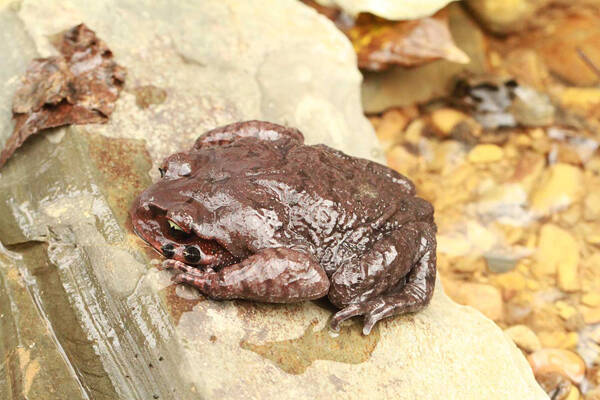
Leptobrachium leishanensis
Leptobrachium leishanensis,Pupa, Horned Monster
The Leishan mustache is an amphibian of the family Ceratopsidae and the genu···
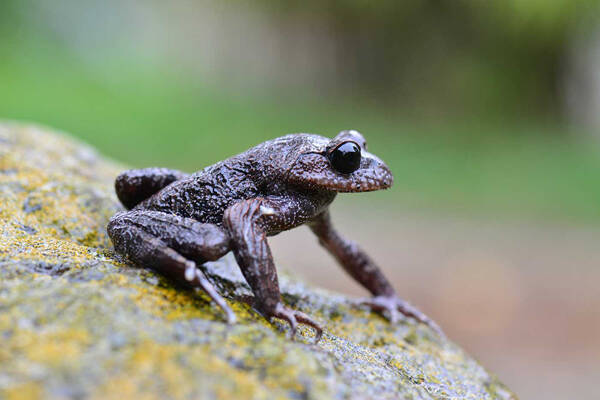
Leptobrachium promustache
Leptobrachium promustache,Chinese horned monster, bearded frog, Chong'an bearded toad, pit goose, thunder horned monster
The original bearded toad is an amphibian in southern China. It is a species···
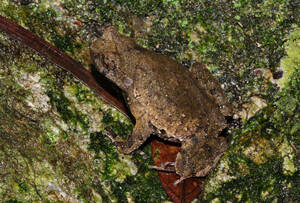
Boulenophrys insularis
Boulenophrys insularis,Heterohorned toad,Xenophrys insularis
The South Australian Island Horned Toad inhabits mountainous streams in humi···
